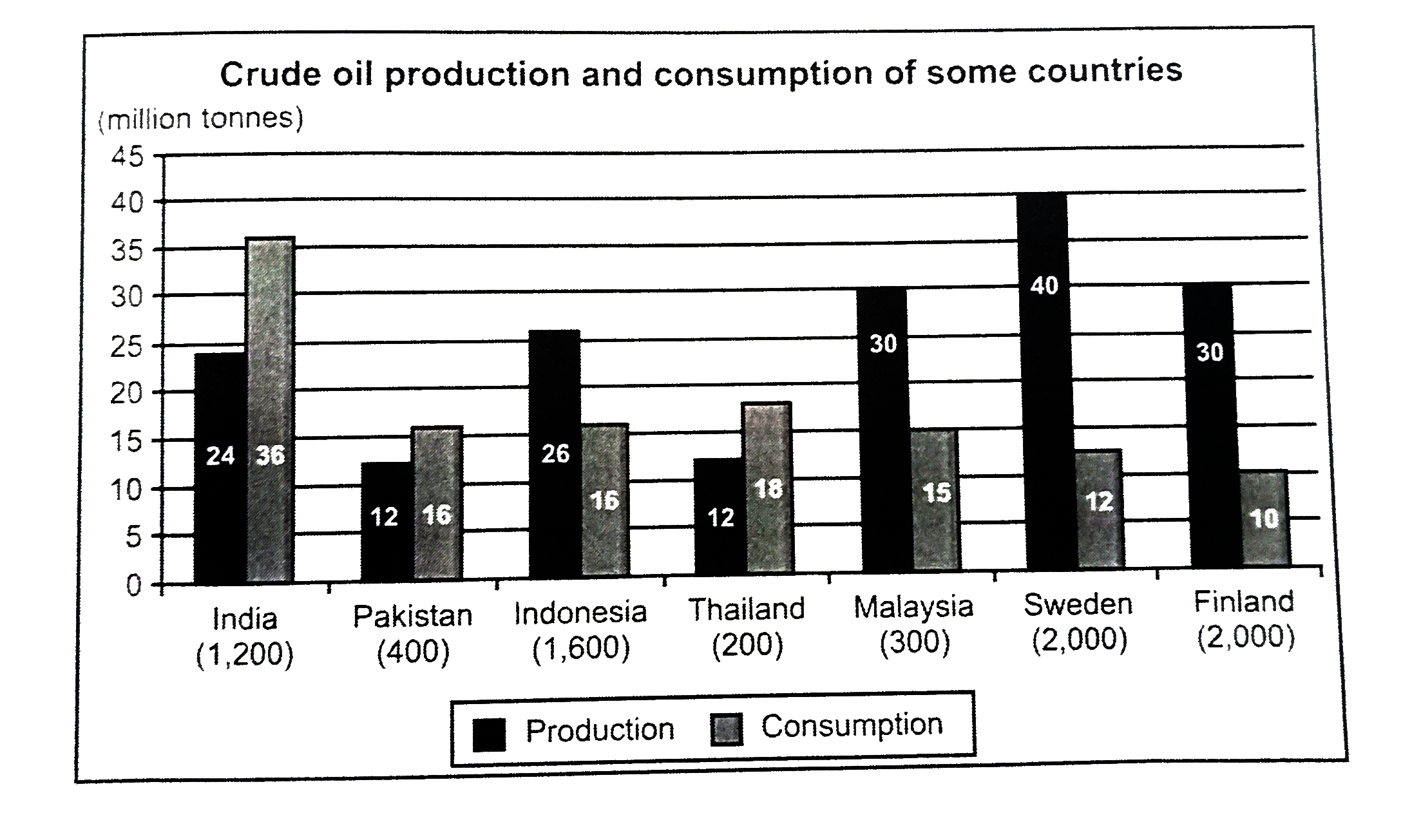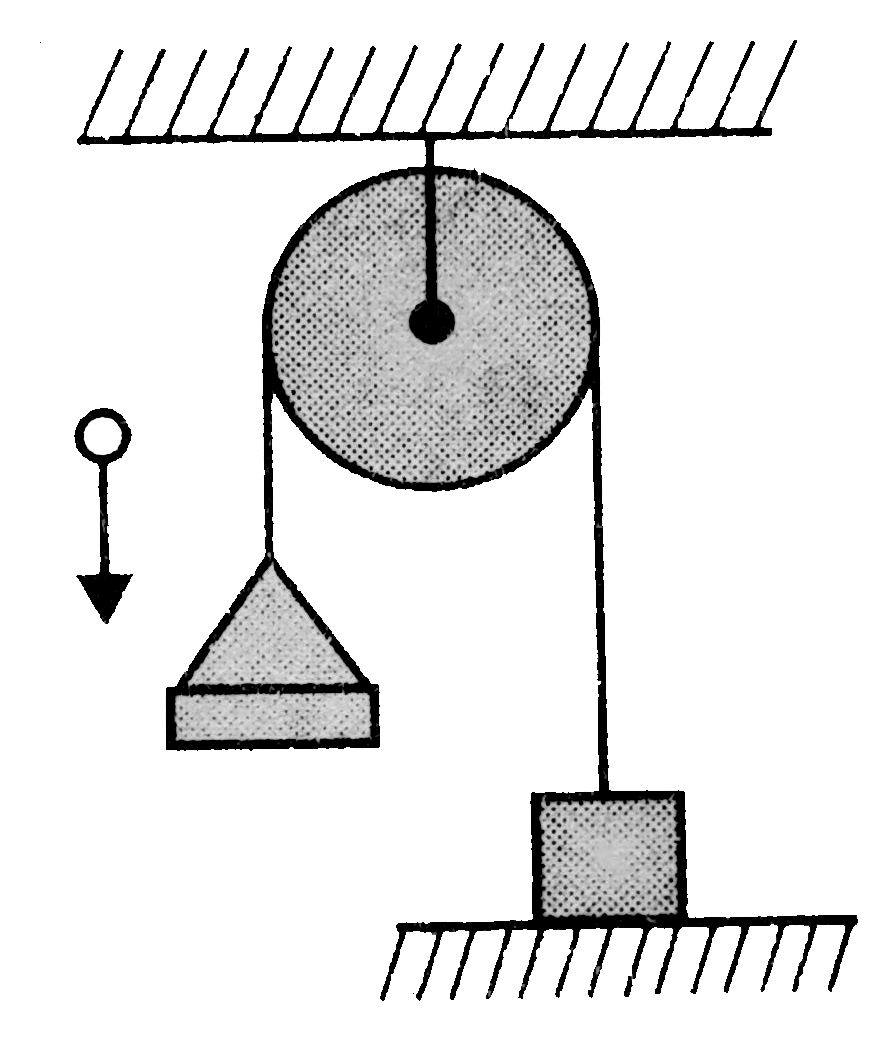Consider the short message: AUG GCA Answer the following questions, assuming first that the code is overlapping and then it is non-overlapping
How many codons would represented in this oligonucleotide?
To solve the problem, we need to analyze the given oligonucleotide sequence "AUG GCA" under two different scenarios: overlapping codons and non-overlapping codons.
1. Understanding Codons:
- Codons are sequences of three nucleotides that correspond to a specific amino acid. In our case, we have two sequences: AUG and GCA.
2. Case 1: Overlapping Codons:
- In overlapping codons, the codons share some of their nucleotides.
- For the sequence "AUG GCA":
- The first codon is AUG.
- The second codon overlaps with the first. We can derive it as follows:
- Starting from the second nucleotide of AUG, we can form UGG.
- Next, starting from the third nucleotide of AUG, we can form GGC.
- Finally, we can take the entire GCA as the last codon.
- Therefore, the overlapping codons are: AUG, UGG, GGC, GCA.
- Total Codons in Overlapping Case: 4 codons.
3. Case 2: Non-Overlapping Codons:
- In non-overlapping codons, each codon is distinct and does not share any nucleotides with another codon.
- For the sequence "AUG GCA":
- The first codon is AUG.
- The second codon is GCA.
- Therefore, the non-overlapping codons are: AUG, GCA.
- Total Codons in Non-Overlapping Case: 2 codons.
Final Answer:
- Overlapping Codons: 4
- Non-Overlapping Codons: 2
---
- Codons are sequences of three nucleotides that correspond to a specific amino acid. In our case, we have two sequences: AUG and GCA.
- In overlapping codons, the codons share some of their nucleotides.
- For the sequence "AUG GCA":
- The first codon is AUG.
- The second codon overlaps with the first. We can derive it as follows:
- Starting from the second nucleotide of AUG, we can form UGG.
- Next, starting from the third nucleotide of AUG, we can form GGC.
- Finally, we can take the entire GCA as the last codon.
- Therefore, the overlapping codons are: AUG, UGG, GGC, GCA.
- Total Codons in Overlapping Case: 4 codons.
- In non-overlapping codons, each codon is distinct and does not share any nucleotides with another codon.
- For the sequence "AUG GCA":
- The first codon is AUG.
- The second codon is GCA.
- Therefore, the non-overlapping codons are: AUG, GCA.
- Total Codons in Non-Overlapping Case: 2 codons.
- Overlapping Codons: 4
- Non-Overlapping Codons: 2
Topper's Solved these Questions
- BOOK - ICSECHAPTER - MOLECULAR BASIS OF INHERITANCEEXERCISE - PRACTICE QUESTIONS (VERY SHORT ANSWER TYPE QUESTIONS37videos
MOLECULAR BASIS OF INHERITANCE
- BOOK - ICSECHAPTER - MOLECULAR BASIS OF INHERITANCEEXERCISE - PRACTICE QUESTIONS (SHORT ANSWER TYPE)14videos
MOLECULAR BASIS OF INHERITANCE
- BOOK - ICSECHAPTER - MICROBES IN HUMAN WELFAREEXERCISE - COMPETITION CORNER (OBJECTIVE TYPE QUESTIONS (ASSERTION AND REASON TYPE QUESTIONS))15videos
MICROBES IN HUMAN WELFARE
- BOOK - ICSECHAPTER - ORGANISMS AND POPULATIONSEXERCISE - COMPETITION CORNER (ASSERTION AND REASON TYPE QUESTIONS)22videos
ORGANISMS AND POPULATIONS
Similar Questions
Consider the short message: AUG GCA Answer the following questions, assuming first that the code is overlapping and then it is non-overlapping
If the second G was changed to a C, how many codons would be changed?View SolutionConsider the following sequence on m-RNA AUGGCAGUGCCA. Assuming that genetic code is overlap then how many number of codon may be present on this genetic code
View Solution
Knowledge Check
- Question 1 - Select One
The graph below gives the production and consumption of crude oil in certain countries of the world. Answer the following question based on the graph below.
Figures below the names of the coutries indincation crude reserves in million tonnes.
Shortfall / (excess) between production and consumption is met by imports / (exports).
How long would the reserves last for the give countries together if we assume that there is no prouduction of crude oil in the give countries have the same consumption level in the future ?
 A45 yearsB53yearsC62 yearsD70 years
A45 yearsB53yearsC62 yearsD70 years
Total number of students of a school in different years is shown in the following table: Year, No. of Students 1996 1998 2000 2002 2004, 400 550 450 600 650 Represent the above data by a pictograph. Prepare a pictograph of students using one symbol an icon of a student to represent 100 students and answer the following questions: How many symbols represent total number of students in the year 2002? How many symbols represent total number of students in the year 1998? Prepare another pictograph of students using any other symbol each representing 50 students. Which pictograph do you find more informative?
View SolutionA group of elements in the Periodic Table are given pelow (Boron is the first member of the group and Thallium is the last).
Boron
Aluminium
Gallium
Indium
Thallium
Answer the following questions in relation to the above group of elements :
If the electronic configuration of Aluminium is 2, 8, 3, how many electrons are there in the outer shell of Thallium ?View SolutionThe following bar graph (Figure) represents the heights (in cm) of 50 students of Class XI of a particular school. Study the graph and answer the following questions: What percentage of the total number of students have their heights more than 149 cm? How many students in the class are in the range of maximum height of the class? The school wants to provide a particular type of tonic to each student below the height of 150cm to improve his height. If the cost of the tonic for each student comes out to be Rs. 55, how much amount of money is required? How many students are in the range of shortest height of the class? State whether true or false: There are 9 students in the class whose heights are in the range of 155-159 cm. Maximum height (in cm) of a student in the class is 17. There are 29 students in the class whose heights are in the range of 145-154 cm. Minimum height (in cm) of a student is the class is in the range of 140-144cms. The number of students in the class having their heights less than 150cm is 12. There are 14 students each of whom has height more than 154 cm.
View SolutionA flower of tomato plant following the process of sexual reproduction produces 200 viable seeds.
Answer the following question giving reasons:
(a) What would have been the minimum number of ovules present per-pollinated pistil ?
(b) How many microspore mother cells would minimally be required to produce requisite number of pollen grains ?
(c) How many pollen grains must have minimally pollinated the carpel ?
(d) How many male gametes would have used to produce these 200 viable seeds ?
How many megaspore mother cells were required in this process?View SolutionStudy the bar graph representing the number of persons in various age groups in a town shown in Figure. Observe the bar graph and answer the following questions: What is the percentage of the youngest age-group persons over those in the oldest age group? What is the total population of the town? What is the number of persons in the age-group 60-65? How many persons are more in the age-group 10-15 then in the age group 30-35? What is the age-group of exactly 1200 persons living in the town? What is the total number of persons living in the town in the age-group 50-55? What is the total number of persons living in the town in the age-groups 10-15 and 60-65? Whether the population in general increases, decreases or remains constant with the increase in the age-group.
View SolutionNumber of children in six different classes are given below. Represent the data on a bar graph.(a) How would you choose a scale.(b) Answer the following questions:(i) Which class has the maximum number of children? And the minimum?(ii) Find the ratio of students of class sixth to the students of class eight.
View SolutionA pan of mass m=1.5kg and a block of mass M=3kg are connected to each other by a light inextensible string, passing over a light pulley as shown in Fig. Initially, the block is resting on a horizontal floor. A ball of mass m0=0.5kg collides with the pan at a speed v0=20m/s. Consider this instant of collision as t=0. Assume collision to be perfectly inelastic. Now, Fig. answer the following questions based on the above information.

Find the time t at which the block strikes the floor for the first timeView Solution

